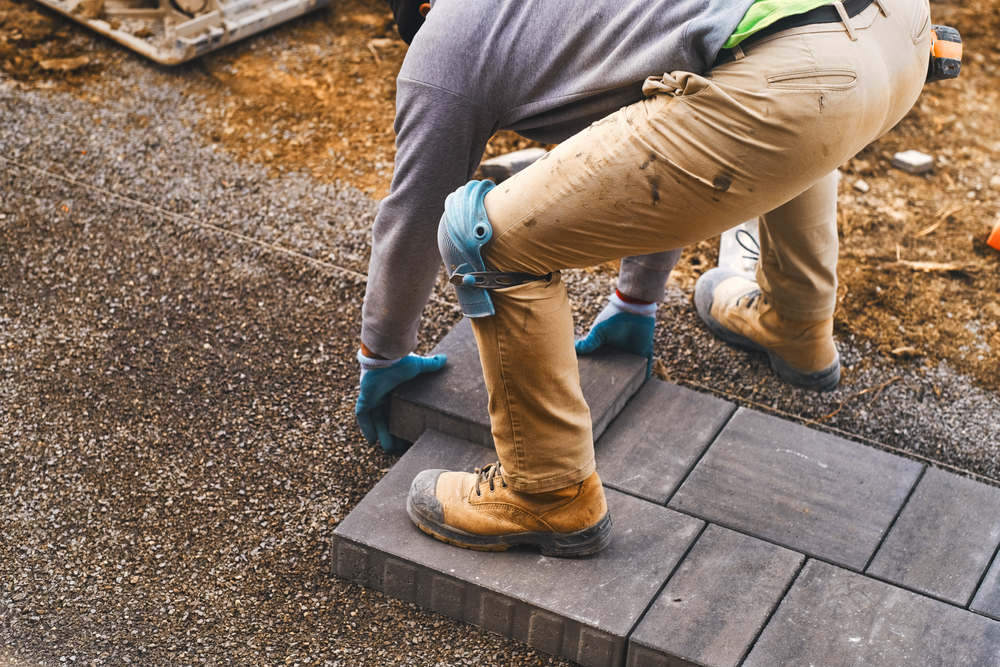
As a contractor, you know that safety on the job is crucial. From flying debris to chemical exposure, you and your crew are constantly looking for ways to avoid injury. Among all workplace injuries, eye injuries are some of the most preventable — yet also some of the most devastating. Whether you run a small crew or manage multiple job sites, understanding eye safety can mean the difference between a quick recovery and permanent vision loss.
According to the National Institute for Occupational Safety and Health (NIOSH), nearly 2,000 workers suffer eye injuries on the job every single day in the United States. About one-third of those injuries require emergency medical treatment, and many result in time off work. The vast majority occur in construction, manufacturing, and trade-related fields — exactly where contractors spend most of their time.
Most of these injuries happen when basic protective eyewear isn’t used or when it’s used incorrectly. Small particles like dust, metal shavings, or wood splinters can cause serious damage to the outside of the eye, most commonly corneal abrasions and infections. Injuries from nails or flying debris can also permanently damage the eye’s internal structures.
Contractors and workers face a wide range of risks, including:
Flying debris: Grinding, cutting, drilling, or hammering metal, wood, or concrete.
Dust and fine particles: Especially in demolition, drywall sanding, and sawing.
Chemical splashes: From solvents, adhesives, paints, and cleaning agents.
UV and infrared radiation: Welding and working outdoors without proper eye protection.
Blunt trauma: Tools, cords, or building materials hitting the face.and area around the eyes
Even a small lapse — removing safety glasses for a few seconds to wipe sweat, for example — can be enough for an accident to occur.
An eye injury doesn’t just affect the worker; it can impact the entire operation. Temporary or permanent vision loss can lead to:
Lost workdays and productivity
Higher insurance and workers’ compensation costs
Project delays
Long-term medical expenses
Reduced quality of life for the injured worker
For many contractors, these costs can far exceed the price of proper protective equipment.
Steps you can take to protect yourself and your team:
Choose the Right PPE: Use ANSI Z87.1–compliant safety glasses or goggles.
Add side shields or full-face shields when working with flying debris or chemicals.
Use tinted lenses or welding helmets when working around intense light.
Require eye protection at all times on active job sites. Keep extra safety eyewear available in vehicles and toolboxes.
Maintain Clean Equipment: Scratched or dirty lenses can reduce visibility and increase risk.
Train and Remind Your Crew:
Plan for Emergencies: Know where the nearest eyewash station or clean water source is located.
Encourage workers to seek immediate medical attention for any eye injury, even minor irritation.
Any eye injury requires prompt attention from an optometrist. Symptoms like pain, blurred vision, redness, or light sensitivity can indicate serious damage. Delaying care can lead to infection or permanent vision loss.
If an injury occurs, avoid rubbing the eye or attempting to remove embedded materials. Instead, rinse with clean water if appropriate and seek medical attention immediately
For contractors, vision is an essential tool — one that can’t be replaced. The time and money spent enforcing proper eye safety pay off in fewer injuries, stronger productivity, and a safer work culture.
Protect your team’s eyes today — so they can see the results of their hard work tomorrow.











